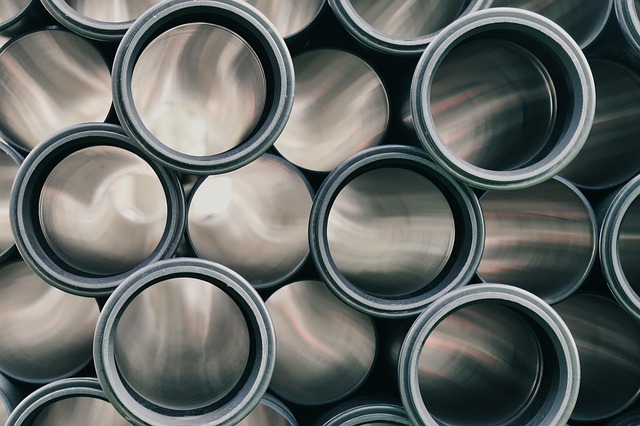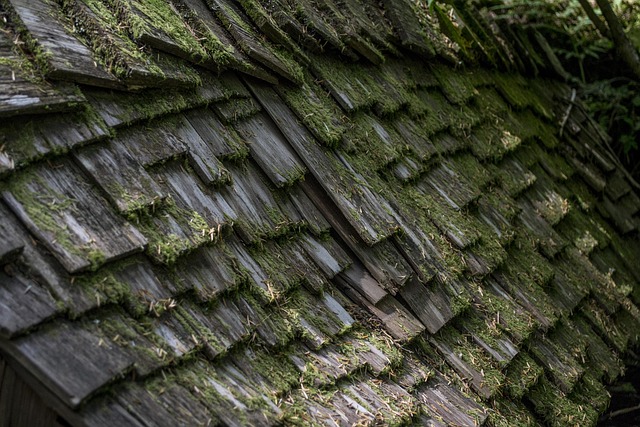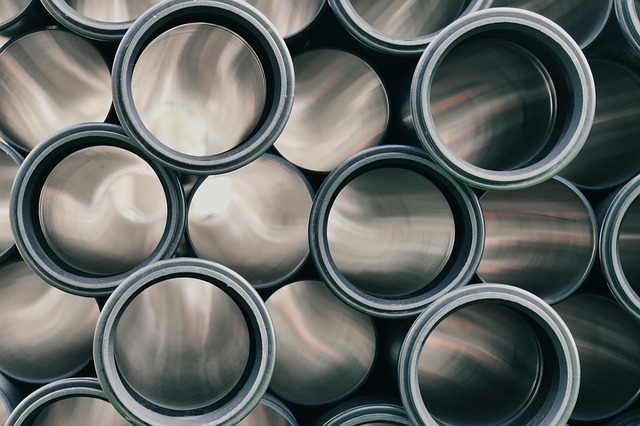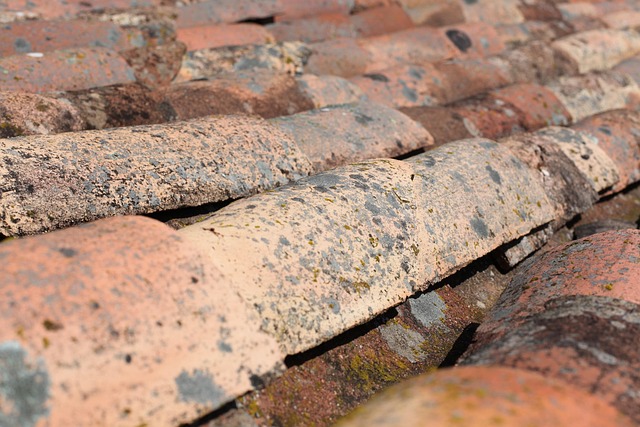Cool roofing systems, featuring reflective white roofs and advanced coatings, significantly reduce heat absorption from sunlight. These systems lower cooling costs, extend roof lifespans, and minimize environmental impact, especially beneficial for commercial buildings. By reflecting solar heat and reducing interior temperature rise, cool roofs promote energy efficiency, sustainability, and indoor comfort, becoming a rising trend in green building management.
In today’s quest for sustainable and energy-efficient buildings, markets are embracing cool roofing systems. These reflective roofs have emerged as a powerful solution to mitigate heat absorption, thereby reducing cooling costs significantly. This article delves into the science behind heat absorption and its environmental impact, introduces cool roofing technologies, explores cost savings, and uncovers the diverse materials and benefits driving this innovative trend. We also explore implementation strategies and future developments in cool roofing.
- Understanding Heat Absorption and Its Impact
- Introduction to Cool Roofing Systems
- How Reflective Roofs Reduce Energy Costs
- Types of Cool Roof Materials and Technologies
- Benefits Beyond Cost Savings
- Implementation and Future Trends in Cool Roofing
Understanding Heat Absorption and Its Impact

In today’s world, understanding heat absorption is crucial when it comes to managing energy consumption and cooling costs in buildings. Cool roofing systems have emerged as a game-changer in this regard, offering innovative solutions to mitigate the effects of solar heat gain. Heat absorption refers to the process by which materials absorb sunlight, leading to an increase in temperature. Traditional dark-colored roofs are highly efficient at absorbing heat, which can result in significant energy losses through increased interior cooling demands. This is particularly evident in urban areas with dense structures, often referred to as heat islands, where the concentration of dark surfaces contributes to elevated temperatures.
White roof systems and reflective roofing are popular choices among cool roof coatings due to their exceptional ability to reflect sunlight. These surfaces bounce off a significant portion of solar radiation, preventing it from being absorbed. As a result, interior spaces remain cooler, reducing the workload on HVAC systems. The implementation of such technologies not only lowers cooling costs but also extends the lifespan of roofing materials by minimizing exposure to intense heat and UV rays. This is especially beneficial for commercial buildings aiming to enhance energy efficiency and reduce their environmental footprint.
Introduction to Cool Roofing Systems

Cool roofing systems are designed to reduce heat absorption, making them an effective solution for minimizing energy consumption and lowering cooling costs. These systems incorporate special materials that reflect a significant portion of sunlight, preventing it from heating up buildings. By keeping the roof at lower temperatures, cool roofing offers numerous benefits, including extended roof lifespan and reduced strain on HVAC systems.
Reflective roofing, such as white roof systems, is one popular approach within this category. Cool roof coating, another method, involves applying a thin layer of reflective or highly insulative materials to existing roofs. This simple yet powerful strategy helps buildings maintain comfortable indoor temperatures, especially in hot climates, thereby contributing to both energy efficiency and environmental sustainability.
How Reflective Roofs Reduce Energy Costs

Reflective roofs have emerged as a game-changer in the realm of energy-efficient building design. These innovative cool roofing systems are engineered to significantly reduce heat absorption, which is a major contributor to elevated indoor temperatures and subsequent cooling costs. By incorporating advanced materials like reflective roofing coatings or white roof systems, buildings can reflect a substantial portion of the sun’s radiant heat back into the atmosphere instead of absorbing it.
This simple yet powerful strategy has profound effects on temperature regulation. During hot days, reflective roof coatings act as a shield, minimizing the transfer of heat to the building’s interior. As a result, the need for air conditioning systems is significantly reduced, leading to substantial savings in energy costs. Moreover, white roof systems have been shown to extend the lifespan of roofing materials by protecting them from UV damage, further enhancing their cost-effectiveness over time.
Types of Cool Roof Materials and Technologies

Cool roofing systems have evolved significantly, offering a range of materials and technologies designed to reduce heat absorption and lower cooling costs. One popular approach is the use of reflective roofing materials, which include white roof systems. These systems are engineered to reflect a significant portion of sunlight, minimizing heat transfer into buildings. The reflective coating acts as a barrier, keeping the structure cooler even during the hottest days.
Another cutting-edge solution is cool roof coating, an innovative technology that applies specialized coatings to existing rooftops. These coatings not only enhance reflectivity but also provide excellent thermal resistance, significantly reducing energy consumption for cooling. In contrast to traditional roofing materials, reflective roofing and cool roof coatings contribute to a more sustainable and environmentally friendly approach to building design, offering long-term savings on energy costs while promoting greener practices.
Benefits Beyond Cost Savings

Beyond the significant cost savings, cool roofing systems offer a range of environmental and performance advantages. Reflective roofing materials, such as white roof coatings, are designed to bounce sunlight and heat back into the atmosphere, reducing the urban heat island effect. This not only lowers cooling demands but also contributes to a more sustainable and resilient urban environment.
White roof systems, with their superior reflective properties, can extend the lifespan of buildings by minimizing the deterioration caused by intense solar radiation. Moreover, these innovative cool roof solutions can enhance indoor comfort and air quality, making them ideal for both commercial and residential applications. By adopting such technologies, we not only save on energy bills but also contribute to a greener planet.
Implementation and Future Trends in Cool Roofing

The implementation of cool roofing systems is gaining traction as a sustainable and cost-effective solution for building management. These innovative systems are designed to reflect a significant portion of sunlight, thereby reducing heat transfer into buildings and lowering interior temperatures. One popular approach involves applying cool roof coatings—specially formulated materials that exhibit high reflectivity and thermal emittance properties. These coatings can be easily integrated into new constructions or retrofitted onto existing roofs, offering a simple and efficient way to mitigate the urban heat island effect.
Looking ahead, future trends in cool roofing are expected to bring about even more advanced materials and designs. Researchers are exploring the use of white roof systems, which not only offer excellent reflectivity but also provide additional benefits such as improved durability and longer lifespan. Additionally, new technologies like nano-coated surfaces and smart materials that adapt their properties based on environmental conditions are being developed. As awareness of energy efficiency and climate change continues to grow, reflective roofing is poised to become a mainstream choice for builders and architects worldwide, contributing to more sustainable and comfortable urban environments.
